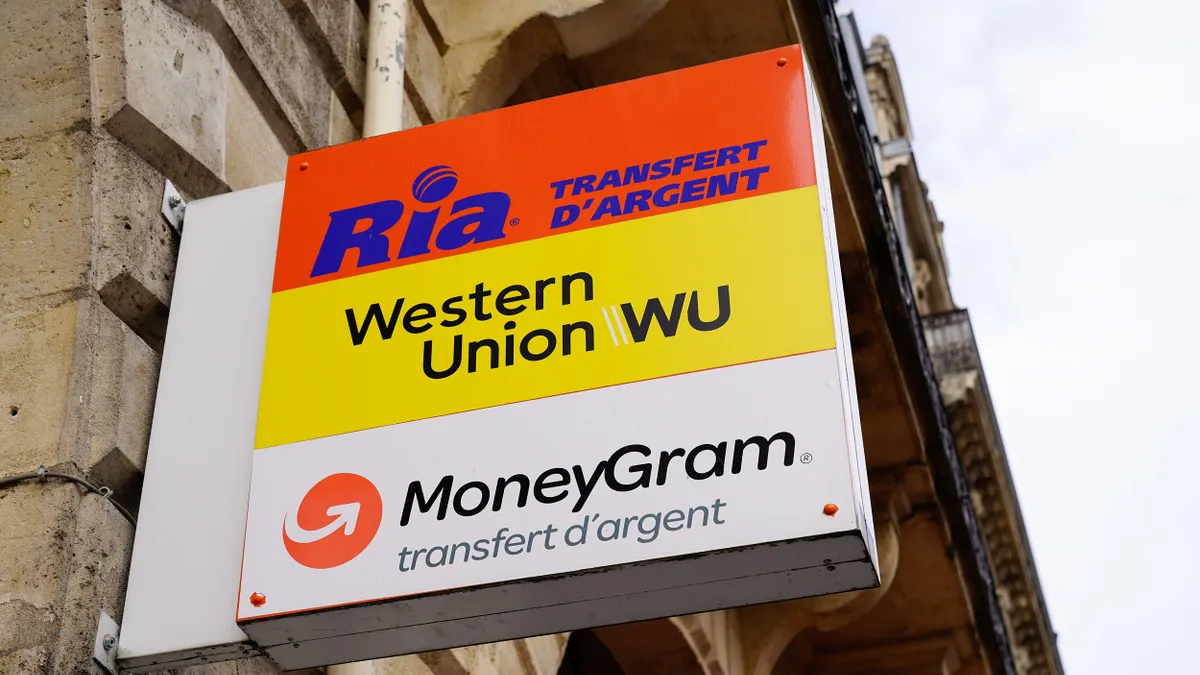Jonathan Razi is the founder of CardX, an automated surcharge platform, and he is based in Chicago. Keturah Taylor is an attorney with the state attorneys general group at the law firm Cozen O’Connor, based in Washington.
As more states consider and enact surcharging legislation, ambiguities in those laws may create confusion and compliance challenges for merchants.
Some state surcharging laws have been thoughtfully crafted in a way that meets the dual principles underpinning surcharging: allowing merchants to lessen the financial burden of credit card acceptance, and empowering consumers to make informed decisions about their payment options and understand related costs.
But other laws — both related specifically to surcharging or more generally to fees — have created more confusion about whether and how surcharging can be implemented, and risk being interpreted in a manner that conflicts with the card brand rules.
The recent landmark settlement between Visa, Mastercard and U.S. merchants, which resolves nearly 20 years of litigation, contains terms that seek to increase flexibility and clarity for credit card surcharging. As the state surcharging landscape continues to evolve, the surcharging provisions of the settlement could easily be subverted by increasingly disparate state surcharging laws.
Just as before, what is permitted under the card brand rules is necessarily premised on what is permitted under state law. Thus, trends in state laws — and the interpretations of those laws — could undermine this intended progress.
Surcharging is becoming increasingly common, prompting more states to consider or enact surcharging legislation. Surcharging laws were enacted in Colorado in 2021, and New Jersey and New York in 2023. So far in 2024, surcharging-related bills have been introduced in more than a dozen states.
No federal rules on surcharging exist, so merchants operating in more than one state are left to navigate this changing landscape on a state-by-state basis.
To avoid putting merchants in an untenable position, state surcharging laws should be crafted to align with (or at least avoid conflicting with) the card brand rules on two critical points: surcharge amount limitations and consumer disclosures. They should also be easy for small businesses to understand and implement, and not so complex that they require a legal team to decipher.
State legislators would be well-served to look at the surcharging laws in Colorado and New Jersey as a model. Under the New Jersey law, surcharging is limited to “the actual cost to the seller to process the credit card payment.” Similarly, Colorado’s surcharging law gives merchants the option to surcharge “at an amount not to exceed the actual amount paid to the processor or service provider to process the transaction.” By tying the surcharge amount limitation to the actual cost of processing, rather than a specific percentage, the Colorado and New Jersey laws successfully prevent merchants from using surcharging to reap profits, while providing flexibility for merchants to comply with changing card brand rules relating to surcharge amounts.
Unfortunately, the New York surcharging law that went into effect earlier this year does not provide the same clarity as Colorado and New Jersey. While the New York statute is explicit about the surcharge amount limitation — “the amount of the surcharge charged to the business by the credit card company” — it is far less clear on disclosures. It states that merchants must “post the total price for using a credit card…, inclusive of surcharge,” and that “[t]he final sales price…, inclusive of such surcharge, shall not amount to a price greater than the posted price for such sales transaction.”
The statute goes on to explain that nothing in the law prohibits the “two-tier pricing system” that was previously allowed in New York, under which surcharges may be disclosed by posting the credit card price alongside the cash price for each good or service offered.
Some commentators have asserted that two-tier pricing is effectively the only way to comply with the New York law — in other words, that the credit card price must be displayed alongside the cash price on the shelf. But, any careful reader of the statute may wonder, if the law purportedly requires two-tier pricing, why didn’t the drafters explicitly state that? Other commentators have gone so far as to say that the law effectively bans surcharging, which clearly is not true.
In contrast, the plain meaning of the New York statute may permit surcharging even when the credit card price is not displayed alongside the cash price, so long as the credit card price is “clearly and conspicuously” posted in its own right (and is no less than the final sales price). If industry experts have this much trouble parsing the practical effects of the New York statute, small businesses will surely find it difficult if not impossible to discern what is required of them under the law.
Where state laws are confusing or ambiguous, the onus falls on regulators to enforce the law in a reasonable and fair manner, and not put merchants in an impossible position between the card brand rules and an overly strict reading of the law.
Regulators should also consider merchants’ obligations under the laws of neighboring jurisdictions when enforcing surcharging laws. For example, between the New Jersey and New York laws, and neighboring Connecticut’s continued ban on surcharging, merchants in the Tri-State Area are subject to three competing regimes.
California recently enacted a law amending the state’s consumer protection laws to ban “drip pricing” practices and other junk fees by prohibiting the advertising, displaying, or offering of a price that does not include all “mandatory fees or charges.” Even though the California law does not reference credit card surcharging, some industry commentators have suggested that this law effectively prohibits surcharging. That is incorrect. No reasonable reading of drip pricing legislation would encompass a surcharge that is unquestionably optional.
Neither consumers nor merchants will be served by surcharging laws, or interpretations thereof, that conflict with card brand rules, or otherwise ignore the factual realities of credit card processing. Instead, all parties in the payments ecosystem would benefit greatly from state laws that provide clarity and consistency between jurisdictions, and can be harmonized with the card brand rules.
If the growing patchwork of state surcharging laws trends in the wrong direction — or misinformation is spread regarding the impact of drip pricing laws on surcharging — any benefits gained from thoughtfully crafted state laws or the Visa-Mastercard settlement may be lost.



















